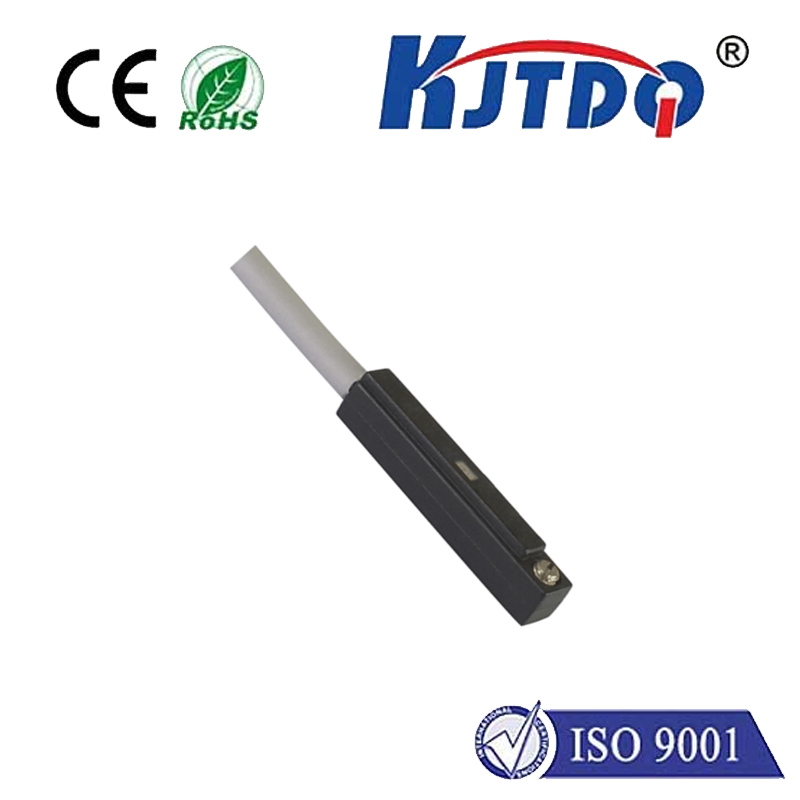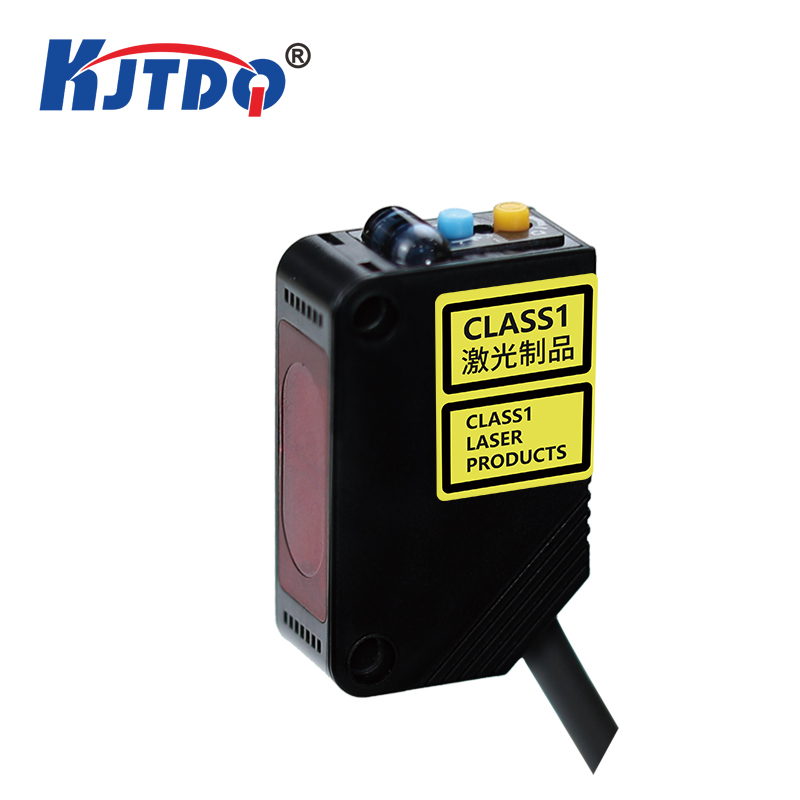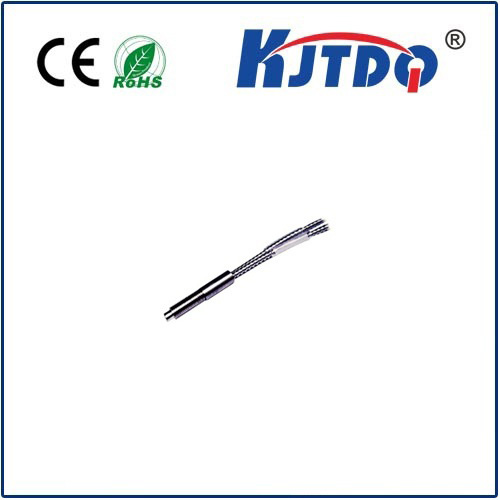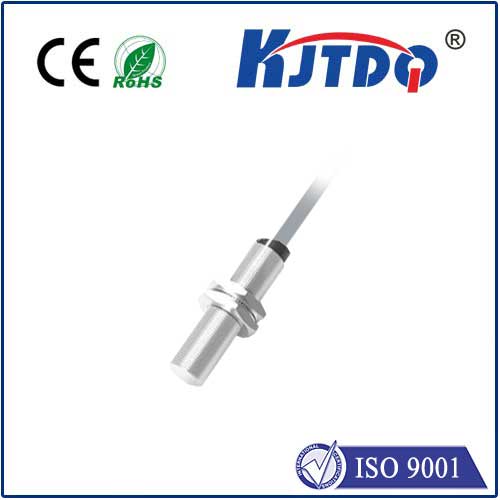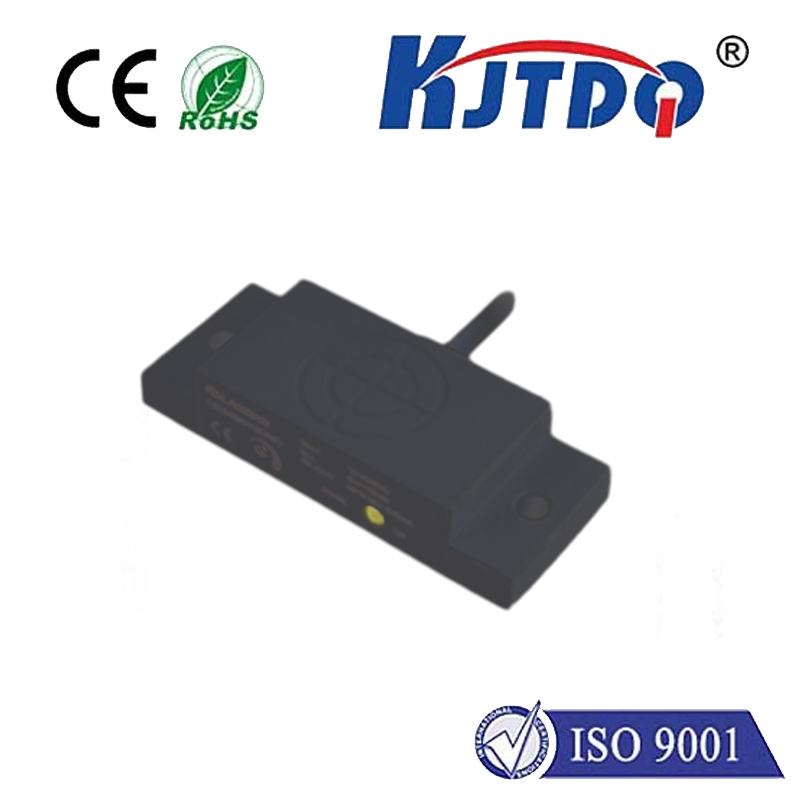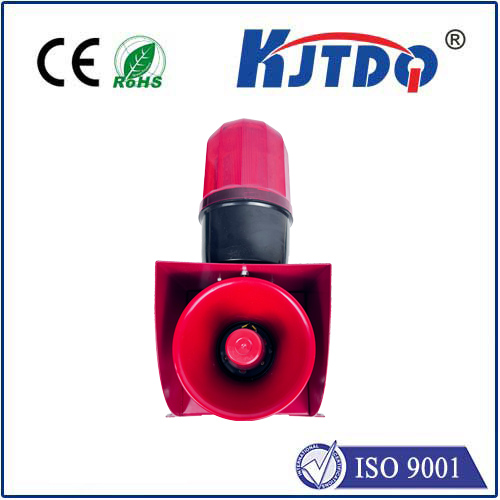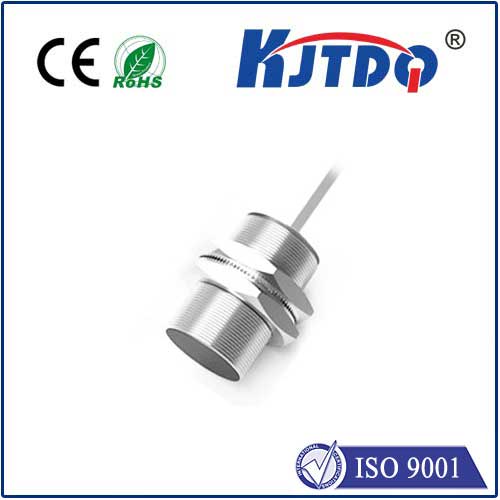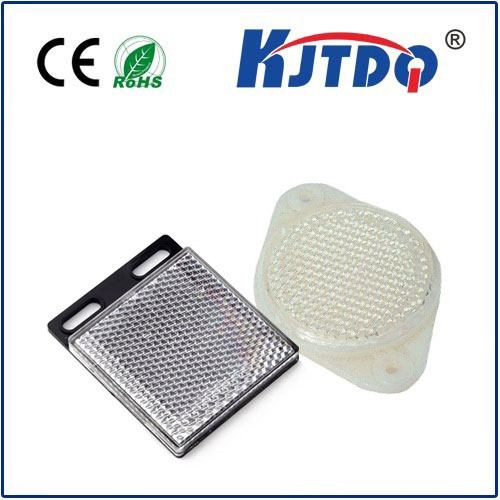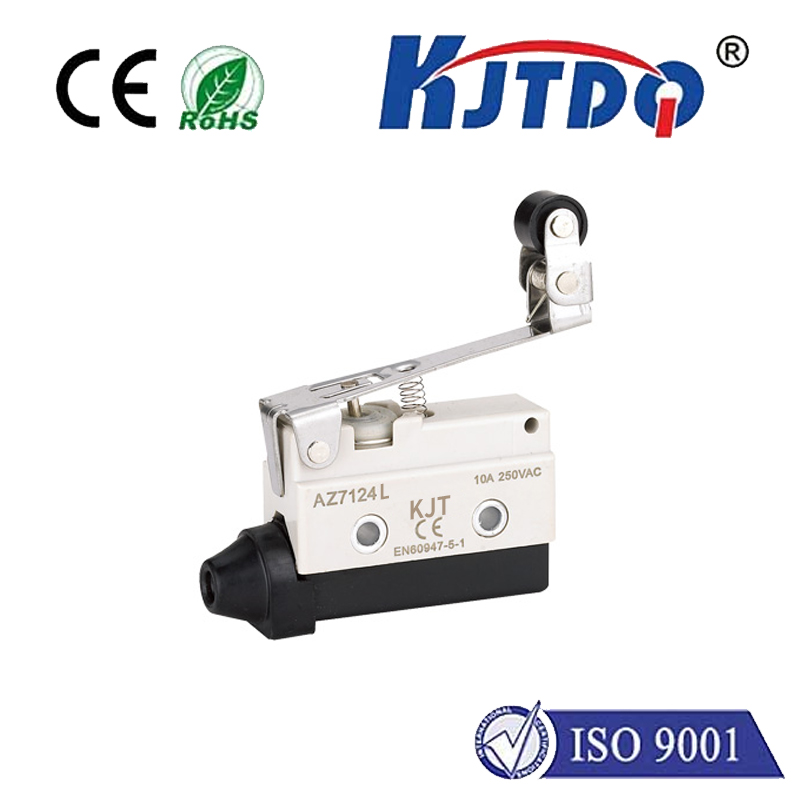
check

check

check

check

Title: Revolutionizing Precision with Position Laser Sensors In the rapidly advancing world of technology, the quest for precision and accuracy is an ongoing journey. One remarkable innovation that has significantly enhanced our capabilities in this realm is the position laser sensor. This unassuming gadget has found its place across a myriad of industries, setting new standards for measurement, navigation, and control systems with its unparalleled precision and reliability. The Technology Behind Position Laser Sensors Position laser sensors operate by emitting a laser beam towards an object and measuring the time it takes for the beam to reflect back after bouncing off the surface. This process, known as Time of Flight (ToF), allows the sensor to calculate the distance between itself and the object with extreme accuracy. Some advanced models utilize phase shift methods, providing even greater precision by analyzing the phase difference between the outgoing and returning laser waves. Versatility Across Industries The application of position laser sensors spans across various sectors, demonstrating its versatility and importance in modern technology. In the automotive industry, these sensors are instrumental in advanced driver assistance systems (ADAS), enabling features like lane-keeping assist, adaptive cruise control, and autonomous emergency braking. The manufacturing sector benefits from their use in precise dimension measurement, alignment tasks, and robotic arm guidance, ensuring products are made to exacting standards. Enhancing Everyday Devices Beyond industry-specific applications, position laser sensors have infiltrated consumer electronics, bringing high-tech convenience to everyday life. Smartphones and tablets use them for augmented reality experiences, spatial awareness, and improved photographic capabilities through autofocus enhancements. Even in the medical field, these sensors contribute to minimally invasive surgeries by guiding surgical instruments with pinpoint accuracy. Challenges and Innovations Despite their vast potential, position laser sensors face challenges such as environmental interference, limited range, and susceptibility to surfaces that scatter or absorb laser light. However, ongoing research and development continue to address these issues. Innovations like multi-beam lasers, environmental compensation algorithms, and hybrid sensor systems are pushing the boundaries of what position laser sensors can achieve. A Future Illuminated by Possibilities As we look towards the future, one thing is certain - the role of position laser sensors will only grow larger. With the Internet of Things (IoT) on the rise, the integration of these sensors into smart homes and cities promises to create environments that respond intelligently to human presence and movement. As technology evolves, so too will the applications for position laser sensors, illuminating paths towards a more connected, efficient, and precise world. In conclusion, position laser sensors represent a gleaming beacon of technological prowess, transforming the way we interact with our environment and opening doors to possibilities once considered science fiction. Their ability to measure with extraordinary precision has already begun to revolutionize numerous fields, and as innovation continues to march onward, we can expect even more groundbreaking advancements on the horizon.
